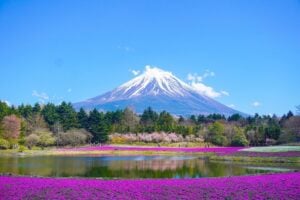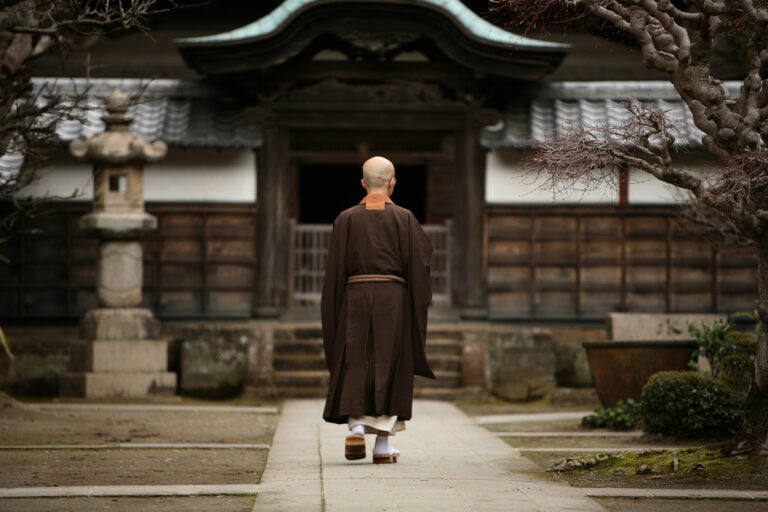
Master Fukushima Keido (福島慶道老師) was a Zen Buddhist monk of the Rinzai sect who made significant contributions during the Showa and Heisei eras (1933-2011). Throughout his life, he served as the head of the Rinzai sect’s Tofuku-ji branch and played a crucial role in spreading Buddhism in Japan and beyond.
Fukushima Keido became renowned for his emphasis on the concept of “mushin” (無心), which refers to a state of mind free from attachments and delusions. Rather than considering mushin as a “nothing mind,” he advocated for understanding it as a “free mind.” His teachings focused on transcending dualistic thinking, fostering a fresh and innovative mindset, and attaining truth through direct perception.
As an author, Master Fukushima Keido wrote several books on Zen Buddhism, including works such as “Zen is the Religion of Nothingness” (translated title) and “Living Here and Now with a Mind of Nothingness.” His writings continue to inspire and guide individuals on their spiritual journeys and exploration of Zen philosophy.
In this article, I aim to explain a fundamental concept of Zen Buddhism (Mushin) and its potential impact on your life. I also intend to explore the influence these mindsets have on Japanese culture.

Master Fukushima Keido in 2004
What is Mushin?
Mushin (無心) originates from Zen Buddhism and traditional Japanese martial arts. The term “mushin” translates to “no mind” or “empty mind” in English. It refers to a state of mind characterized by the absence of ego, conscious thought, and emotional attachment. In mushin, the mind is free from distractions, preconceptions, and judgments, allowing for spontaneous and instinctive action.
In martial arts, mushin is often described as a state of flow where practitioners can react and move without hesitation or conscious deliberation. It is a mental state in which the mind is fully present in the current moment, unburdened by thoughts of the past or the future. By emptying the mind of mental clutter, martial artists can respond naturally and effortlessly to their opponent’s movements.
Beyond martial arts, mushin has been embraced as a philosophy applicable to various aspects of life. It is believed that by cultivating mushin, individuals can achieve heightened awareness, clarity, and performance in their chosen endeavors. Mushin emphasizes the importance of fully engaging in the present moment, uninhibited by self-doubt, fear, or distractions.
However, Fukushima Keido proposes an alternative interpretation of the concept of mushin. He explains that it refers to a state of mind free from attachments and delusions. He advocated understanding mushin as a “free mind” rather than a “nothing mind.” His teachings focused on transcending dualistic thinking, cultivating a fresh and creative mindset, and realizing the truth through direct perception.

What is a Free Mind?
Throughout a significant portion of Fukushima Keido’s teachings, he explores the translation choices that aid our understanding of Japanese concepts from an English perspective, considering the cultural differences that come into play. In other words, there is a problem with interpreting ‘No Mind’ as ‘No Thinking.’ ‘Mushin – No Mind’ does not imply ‘No Thinking’ at all; rather, it means ‘Free Thinking.’
A crucial aspect of comprehending “mushin” or “Nothing Mind” is grasping the foundational concept of “Emptiness” in Buddhism. If you have ever engaged in Buddhist discussions or delved into books on religion, you have encountered terms like “nothingness” or “emptiness.” However, like the challenge with “No Mind,” these words are difficult to translate precisely.
A crucial aspect of comprehending mushin is grasping the foundational concept of Emptiness in Buddhism.
The Buddhist notion of emptiness, referred to as “sunyata” in Sanskrit or 空/kuu in Japanese, holds a significant place in Buddhist philosophy, particularly within the Mahayana tradition. Emptiness signifies the understanding that all phenomena lack inherent, independent existence.
When we explore this idea in Buddhism, we recognize that all things and experiences are interconnected and interdependent. Nothing exists in isolation or possesses a fixed, inherent nature. Instead, all phenomena arise and exist due to causes and conditions, and they derive their definition from their relationship with other phenomena.
Emptiness should not be mistaken for absolute nothingness, non-existence, or denial of existence. Rather, it is a way of perceiving the true nature of reality. It offers profound insight into the ultimate essence of phenomena, transcending conceptual and dualistic thinking.
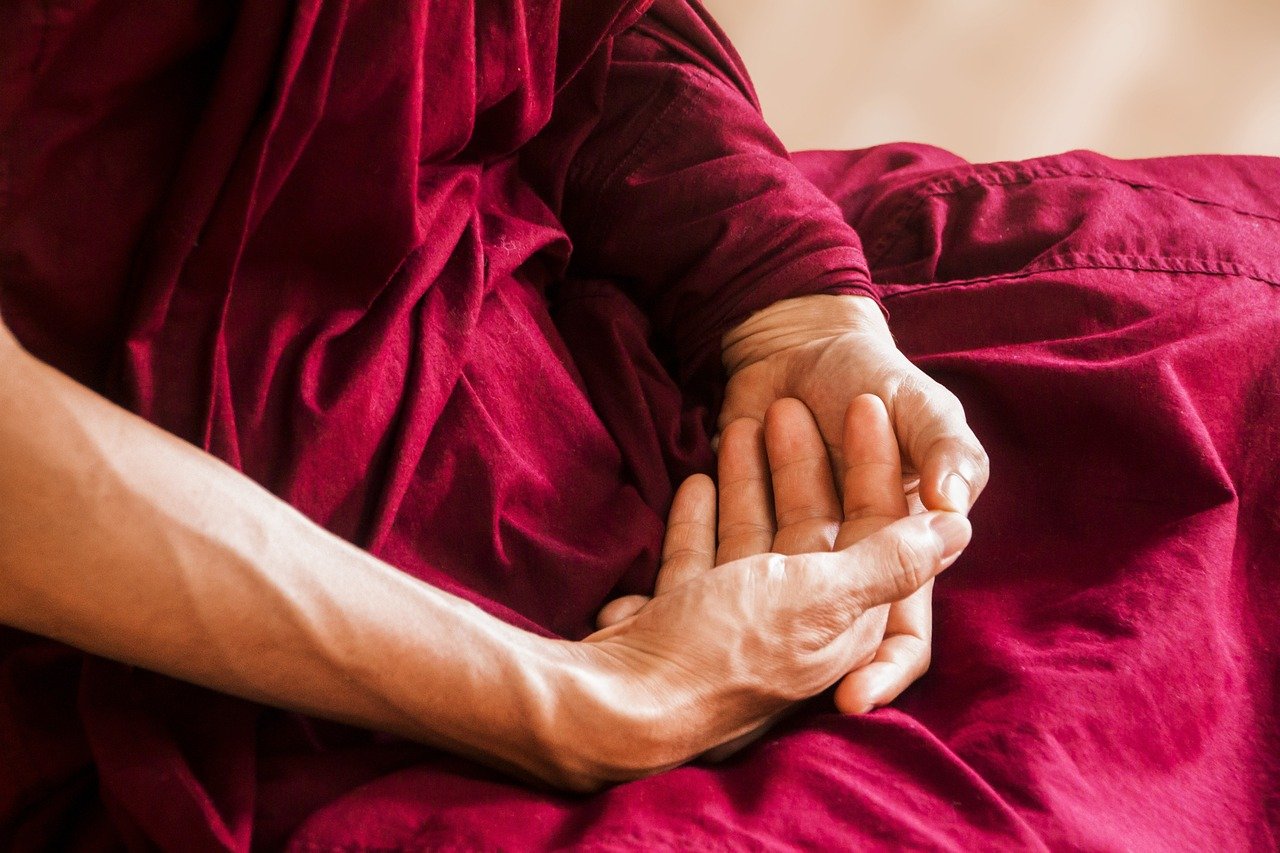
For instance, it challenges our attachment to rigid concepts and identities, leading to a more adaptable and compassionate way of engaging with the world. Embracing emptiness also encourages deeper contemplation of reality and our own minds, aiming to liberate us from suffering and delusion. Now while you might think this is confusing, I’ll explain more about what this might mean later.
Returning to Zen Buddhism, the concepts of “No Mind” or “Mushin” and “Emptiness” share a close relationship within their teachings and are interconnected in Zen philosophy.
“No Mind” denotes a state of mind free from discursive thinking, conceptualization, and attachment to thoughts and judgments. It embodies pure awareness and direct perception, transcending the dualistic distinctions between self and other, subject and object. In this state, the mind remains open, receptive, and fully present in the current moment.
Conversely, in Buddhism, “Emptiness” signifies the ultimate nature of reality—the recognition that all phenomena lack inherent, independent existence. It is the realization that everything is interdependent, impermanent, and devoid of a fixed essence or self-nature.
What is the history of Zen Buddhism in Japan?
Buddhism was officially introduced to Japan in the 6th century CE, originating from the Korean peninsula and China. During that time, Buddhist schools flourished in Japan, including Tendai and Shingon. Tendai Buddhism, also known as Tiantai in China, was first brought to Japan in the 9th century by the monk Saicho (767-822), who studied Tiantai teachings in China and established the Tendai school in Japan. On the other hand, Zen Buddhism arrived in Japan in the 12th century through the efforts of Eisai and Dogen, who studied and trained in Zen monasteries in China.

Tendai Buddhism places great importance on the Lotus Sutra (Saddharmapundarika Sutra) as the ultimate teaching of the Buddha. It teaches that all beings possess the inherent potential for enlightenment and that various practices can lead to realization. Tendai incorporates a wide range of Buddhist teachings, rituals, and practices, including sutra recitation, meditation, and esoteric practices.
In contrast, Zen Buddhism emphasizes direct experience and meditation. The transmission of Zen teachings is often attributed to Eisai (1141-1215), who studied in China and brought the Rinzai Zen tradition to Japan. Another influential figure was Dogen (1200-1253), who introduced the Soto Zen tradition. Zen teachings resonated with samurai warriors and the cultural elite.
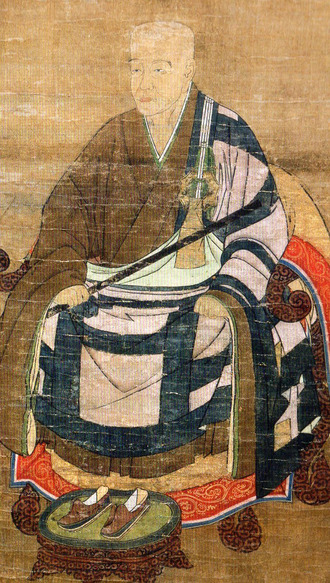
Zen master, the founder of Japanese Rinzai Zen
Unlike traditional schools such as Tendai Buddhism, Zen Buddhism strongly emphasizes direct experience and awakening in the present moment. It de-emphasizes complex rituals, scriptures, and doctrines, instead prioritizing the direct transmission of the awakened mind from teacher to student. While meditation is a part of Tendai Buddhism, it is not the central focus.
Tendai practitioners engage in various practices, including meditation techniques, visualization, concentration practices, ritual observances, and sutra recitation. In contrast, Zen Buddhism places meditation (zazen) at the forefront. Zen emphasizes seated meditation to directly experience one’s true nature and awaken to the reality of existence. The cultivation of mindfulness, concentration, and non-dualistic awareness takes precedence.
During its development in Japan, Zen Buddhism gave rise to distinct schools, most notably Rinzai and Soto. Rinzai Zen utilizes koans, which are paradoxical questions or statements, to provoke insight and awaken the mind. On the other hand, Soto Zen primarily focuses on seated meditation (zazen). Notable Zen masters such as Ikkyu Sojun, Hakuin Ekaku, and Eihei Dogen emerged from these schools.
Zen Buddhism has profoundly influenced various aspects of Japanese culture, including art, tea ceremony, flower arrangement, calligraphy, martial arts, and the aesthetics of wabi-sabi. The teachings of Zen, which emphasize mindfulness, presence, and direct experience, have shaped the development of these cultural practices, emphasizing simplicity, spontaneity, and a non-dualistic worldview.
During the Edo Period, Zen Buddhism resonated particularly with the samurai class, providing them with mental clarity, discipline, and fearlessness in the face of death. Zen significantly impacted the samurai code of conduct, known as bushido, emphasizing principles such as focus, mindfulness, and appreciation of the present moment.
However, delving further into the cultural history of Buddhism in Japan would exceed the scope of this article. If you’re interested in learning more, please refer to my article, “The History of Buddhism in Japan“.
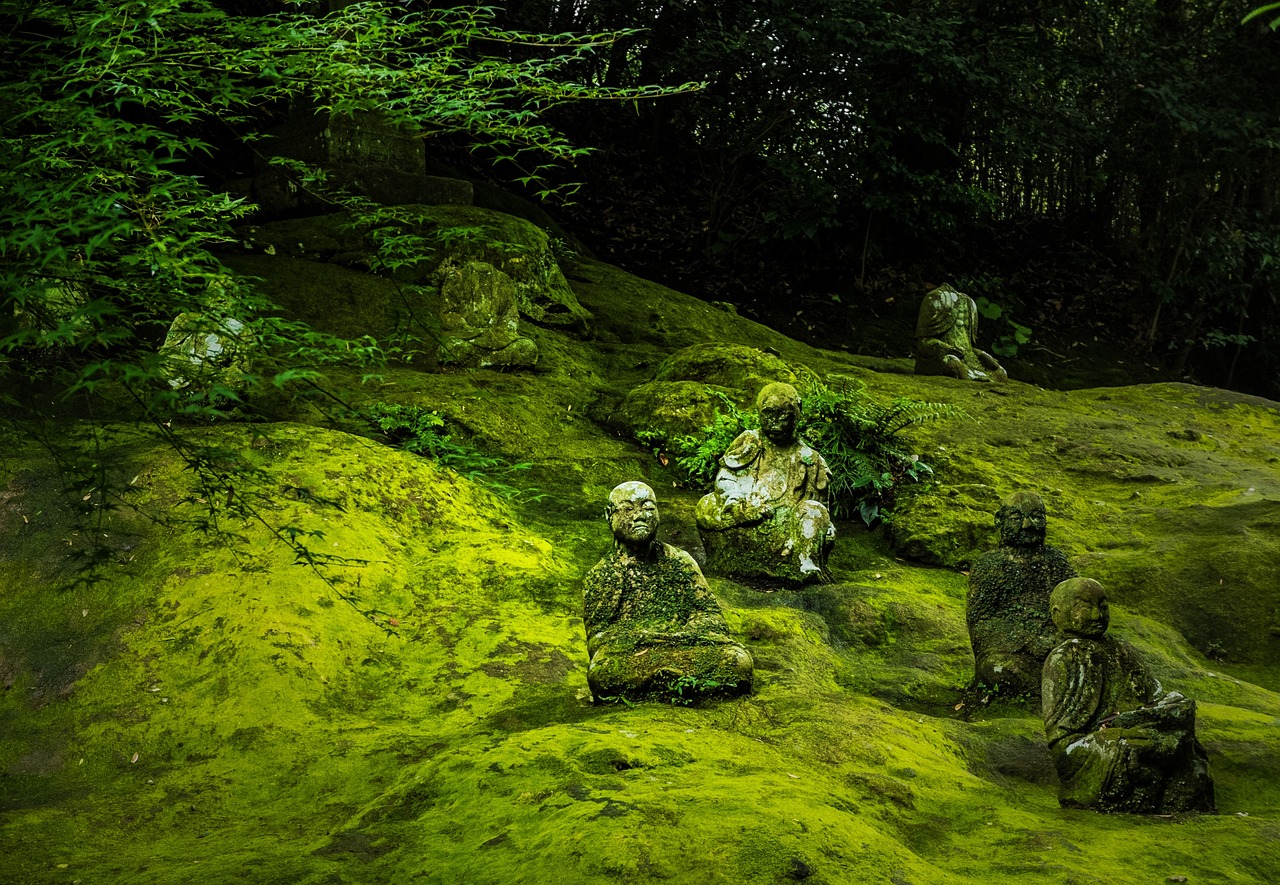
How does mushin influence the Japanese religious experience?
In modern times, Zen Buddhism has continued to evolve in Japan. Zen monasteries and practice centers can be found throughout the country, and dedicated teachers and practitioners still pass down Zen teachings. However, given the long-standing presence of mushin (無心) and Zen Buddhism in Japanese culture, it is no wonder that the concept of “No Mind” or “Mushin” is deeply ingrained in Japanese society.
Mushin is central to Zen Buddhism, which has left a profound imprint on Japanese culture. Zen meditation practices aim to cultivate mushin, a state of mind free from discursive thinking and conceptualization. The teachings and practices of Zen have permeated religious and philosophical realms, as well as various aspects of Japanese art, literature, tea ceremonies, and other cultural practices. Have you ever wondered why Japan has so many contemplative art forms? From the meticulous raking of circles in Zen gardens to the precise strokes of calligraphy, these are all domains where the idea of freeing one’s mind and meditating on the present moment has found its place in Japanese aesthetics.
The concept of mushin aligns with mindfulness and the value placed on being fully present in the current moment. This influence is evident in various facets of Japanese culture, including tea ceremonies, flower arrangements (ikebana), and traditional arts like calligraphy and pottery, where practitioners strive to immerse themselves fully in the process and authentically express their inner selves.
Mushin’s influence can also be observed in the Japanese approach to work and craftsmanship. Have you ever noticed the consistently high quality of products in Japan, whether it’s a humble burger at McDonald’s or an exquisite dress from a boutique? Part of this can be attributed to the dedication to mastery, attention to detail, and pursuit of perfection that are often inspired by the influence of mushin. It encourages individuals to work with a focused, undistracted mind, resulting in heightened concentration and exceptional output.
Perhaps this can be traced back to a fundamental aspect of Japanese religiosity. In many Western nations like the United States and the United Kingdom, there is a clear distinction between what is considered “religious” and “non-religious.” In Japan, religious practice often takes on indirect forms.
That means many religious concepts from Buddhism, like mushin, find their way into everyday practices (like art and work ethic) rather than being a set doctrine taught during religious education. So, in a way, their influences on modern Japanese culture are much more unconscious norms.
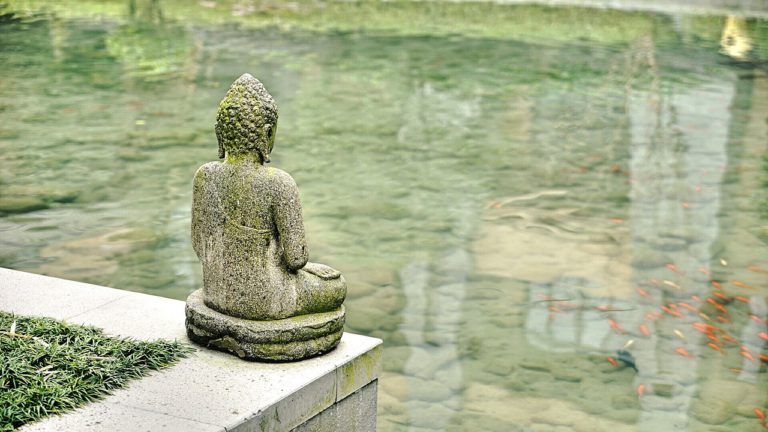
What can mushin mean this mean to me?
As Zen has seen growing popularity abroad in countries like America, the benefit of mushin and Zen Buddhism may be a bit hard to grasp. However, by practicing mindfulness in our daily lives, we can strive to focus on the present task and let go of excessive mental clutter. As mentioned earlier, embracing concepts like mushin and emptiness encourages us to contemplate reality and our own minds more deeply, with the goal of liberating ourselves from suffering and delusion.
But you might wonder, what does that really mean? It’s a valid question. When we isolate mindfulness and concepts like mushin from their context, they can appear as mystical and abstract notions.
So, I suggest taking a careful look at human life. We constantly experience ups and downs, joys and struggles, which teach us valuable lessons and shape our journey. Naturally, we seek ways to alleviate suffering and find relief. However, our desires can lead us to view the world through the lens of suffering and craving, limiting our ability to see alternative perspectives that could help us understand our own lives better.
Returning to the practice of mushin offers a way to mindfully engage with the emotions tied to our desires and sufferings. By becoming aware of our responses and thoughts, we can cultivate intuitive action, allowing our responses to flow naturally and spontaneously without overthinking or excessive analysis. Instead of viewing mushin as something to adopt into our daily lives, consider it as a pathway that enables you to develop your intuition. By listening to your inner voice, trusting your instincts, and making decisions based on a deeper sense of knowing, you can enhance your life experience beyond solely relying on logical reasoning.
By embracing the acceptance of impermanence and the transient nature of life, you begin to recognize that everything is constantly changing. This understanding fosters a greater appreciation for the present moment and allows you to let go of attachments to outcomes or rigid ideas of how things should be. This mindset can lead to freedom and openness in embracing life’s ever-changing circumstances.





